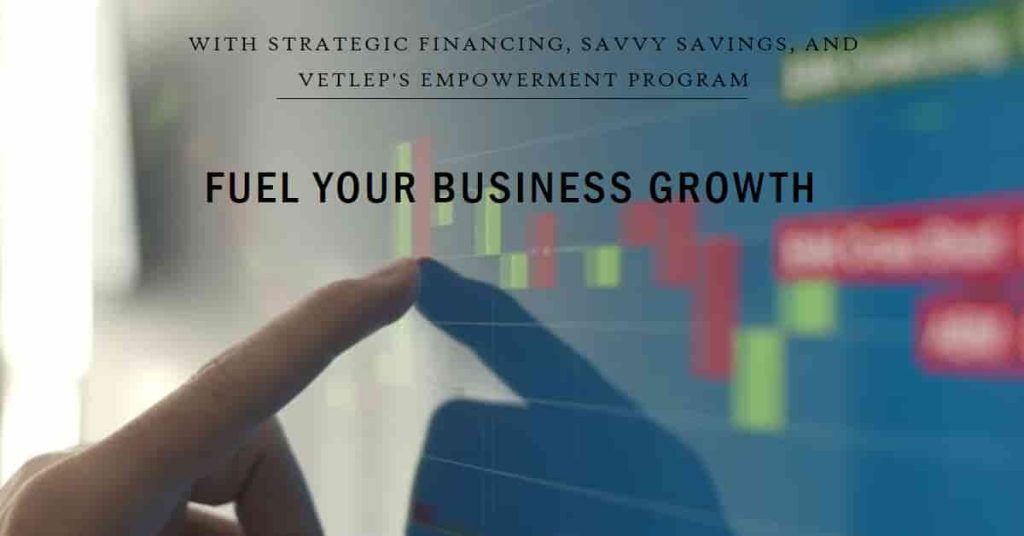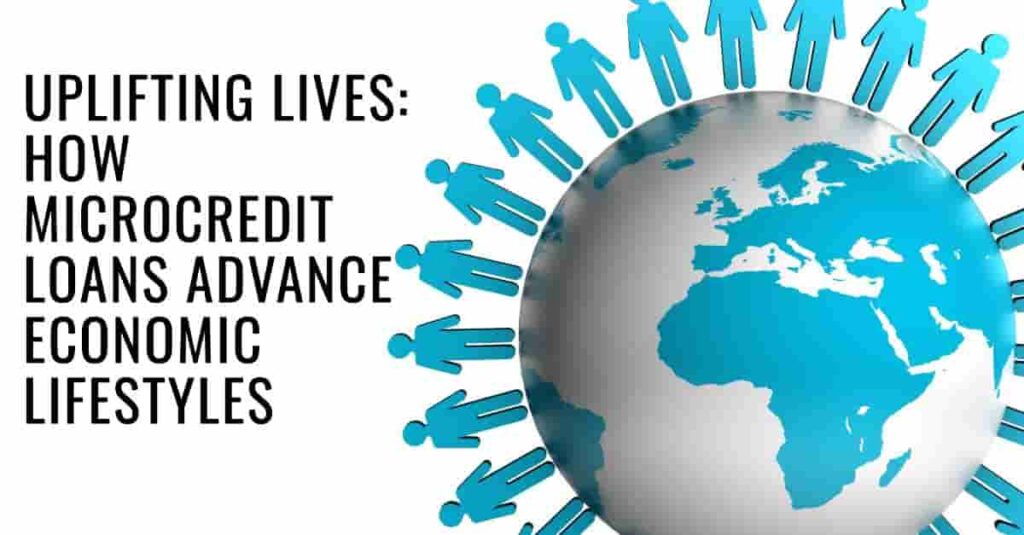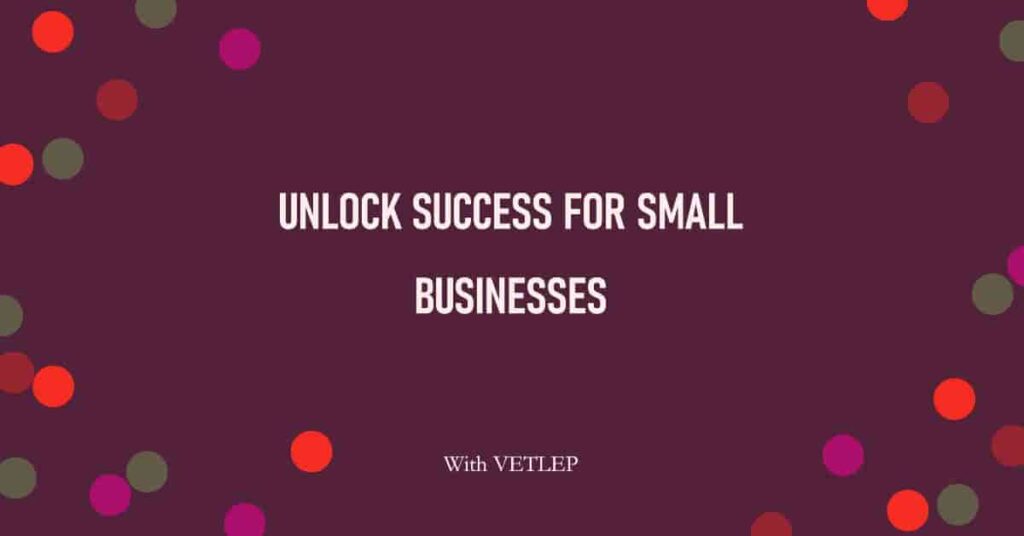How Strategic Financing, Savvy Savings, and VETLEP's Empowerment Program Can Fuel Business Growth and Transformation

As the business landscape continues to evolve at a breakneck pace, entrepreneurs face a daunting challenge: securing the necessary funds to transform their visions into successful ventures. In this high-stakes environment, access to finance, effective savings strategies, and comprehensive empowerment programs are the keys to unlocking growth, innovation, and success.
Building on this foundation, strategic financing is the cornerstone of business expansion, providing entrepreneurs with the necessary capital to drive growth and innovation (Bhide, 2000). Loans, grants, and investors offer a range of financing options, each with its benefits and drawbacks (Berger & Udell, 2006). VETLEP’s micro credit systems and transformational leadership model offer a unique approach to empowering entrepreneurs, providing them with flexible and affordable capital, personalized financial guidance, and development of healthy financial habits.
In addition to strategic financing, savvy savings practices are equally crucial for achieving long-term financial stability (Mankiw, 2017). Emergency funds and cash reserves serve as a safety net, protecting businesses from unforeseen expenses and revenue shortfalls (Ross, 2015). Effective budgeting and expense management enable entrepreneurs to optimize resources, minimize waste, and maximize savings (Drucker, 2017). VETLEP’s emphasis on savings as a key aspect of its empowerment program helps entrepreneurs build a solid financial foundation, enabling them to manage cash flow effectively, make informed investment decisions, and weather financial storms.
Moreover, despite the importance of financing, many entrepreneurs struggle to secure funding, facing challenges such as limited credit history, inadequate collateral, and stringent lending criteria (Hall, 2018). Alternative financing options, including crowdfunding and peer-to-peer lending, offer innovative solutions for bridging the financing gap (Cumming, 2018). Government initiatives and resources, such as the Small Business Administration (SBA) in the United States, provide additional support for small businesses, offering training, mentorship, and access to capital (SBA, 2022). VETLEP’s focus on entrepreneurial development and leadership empowerment ensures that business owners not only receive financial support but also gain the skills and knowledge necessary to wisely utilize resources and maximize their potential.
Furthermore, VETLEP’s transformational leadership model is built on principles that emphasize visionary thinking, inspirational motivation, intellectual stimulation, individualized consideration, and fostering a culture of innovation and experimentation (Bass, 1985; Kouzes & Posner, 2017). By adopting these practices, entrepreneurs can transform their financial lives and achieve lasting success.
In conclusion, the synergy of strategic financing, savvy savings, and VETLEP’s empowerment program has the potential to revolutionize the entrepreneurial landscape, unlocking a new era of innovation, growth, and prosperity. This powerful combination can empower entrepreneurs to overcome financial barriers, achieve long-term sustainability, and drive business transformation. By providing access to capital, promoting healthy financial habits, and fostering leadership development, we can create a more inclusive and equitable entrepreneurial ecosystem.
The impact of this synergy extends beyond individual businesses, contributing to economic growth, job creation, and social progress. As entrepreneurs thrive, they become engines of innovation, driving technological advancements, and solving real-world problems. Furthermore, the ripple effects of their success can be felt throughout entire communities, inspiring future generations of entrepreneurs and small business owners.
Therefore, it is crucial that we prioritize the empowerment of entrepreneurs, providing them with the necessary tools, resources, and support to succeed. By doing so, we can create a brighter future, marked by economic prosperity, social progress, and environmental sustainability. The time to act is now, and together, we can unlock the full potential of entrepreneurship, transforming lives, communities, and the world at large.
References
Amabile, T. M. (1998). How to kill creativity. Harvard Business Review, 76(5), 77-87.
Bass, B. M. (1985). Leadership and performance beyond expectations. Free Press.
Berger, A. N., & Udell, G. F. (2006). A more complete conceptual framework for SME finance. Journal of Banking & Finance, 30(11), 2945-2966.
Bhide, A. V. (2000). The origin and evolution of new businesses. Oxford University Press.
Brigham, E. F., & Ehrhardt, M. C. (2017). Financial management: Theory and practice. Cengage Learning.
Cumming, D. (2018). Crowdfunding and fintech. Journal of Corporate Finance, 50, 556-568.
Drucker, P. F. (2017). The practice of management. Routledge.
Gardner, H. (1995). Leading minds: An anatomy of leadership. Basic Books.
Graham, J. R. (2018). Entrepreneurial finance: A casebook. Routledge.
Hall, J. (2018). Small business finance: A practical guide. Routledge.
Kahn, J. A. (2020). Financial planning and management. Cengage Learning.
Kotler, P. (2017). Marketing management. Pearson.
Kouzes, J. M., & Posner, B. Z. (2017). The leadership challenge: How to keep getting extraordinary things done in organizations. John Wiley & Sons.
Mankiw, N. G. (2017). Principles of economics. Cengage Learning.
Porter, M. E. (2011). Competitive advantage: Creating and sustaining superior performance. Simon and Schuster.
Remund, D. L. (2010). Financial literacy and financial well-being. Journal of Financial Counseling and Planning, 21(1), 34-46.
Ross, S. A. (2015). Fundamentals of corporate finance. McGraw-Hill.
Schumpeter, J. A. (1934). The theory of economic development. Harvard University Press.
Small Business Administration. (2022). About the SBA.
Warren, E. (2018). The total money makeover: A proven plan for financial fitness. Thomas Nelson.
World Bank. (2020). Fintech and financial inclusion.



